Heisenberg and Wigner. Then Maxwell and Einstein
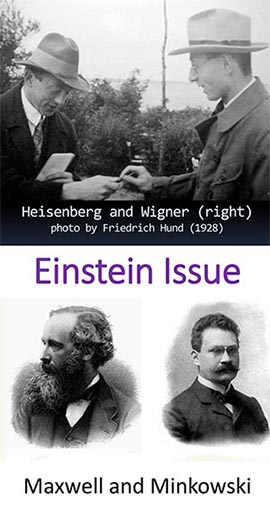
|
- This is an Einstein issue. In 1905, Einstein established the concept of
photons from his photo electric effect. He showed that the photon energy
is proportional to its frequency and thus to its momentum.
However, Einstein did not consider the wings of the electromagnic wave. There are electric and magnetic fields perpindicular to the direction of propagation. This aspect is translated into the quantum picture as photon spins parallel or anti-parallel to the photon momentum.
Do you know how this transition happens? Most of physicists do not worry about this problem, and they do not care about it. When I was a graduate student at Princeon (1958-61), I was all excited about quantum electrodynamics and Feynman diagrams. However, Eugene Wigner said "Nobody really knows what the photon is." Do you agree with him? Neither did I.
-
Nearly 60 years after I heard from Wigner, I am now able to explain to you what he
said about photons. Do you know how the photon polarization is translated into the
the Lorentz-covariant four-potential and to the Maxwell tensor?
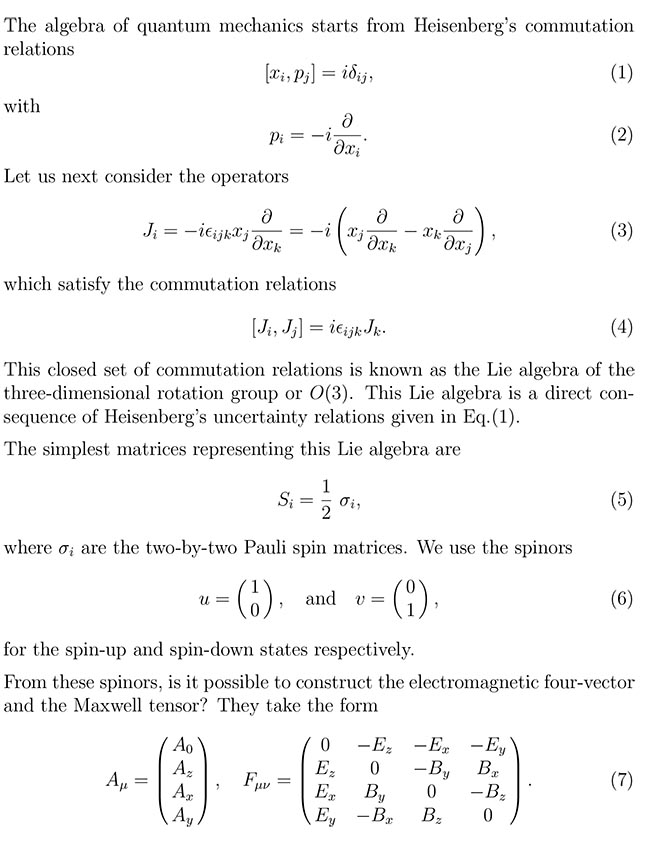
These expressions belong to the Lorentz-covariant world. We thus need to know how to jump to Einstein's world from commutation relations given in Eq.(1) and Eq.(4).
- Let us go back to the spinors u and v given in Eq.(6).
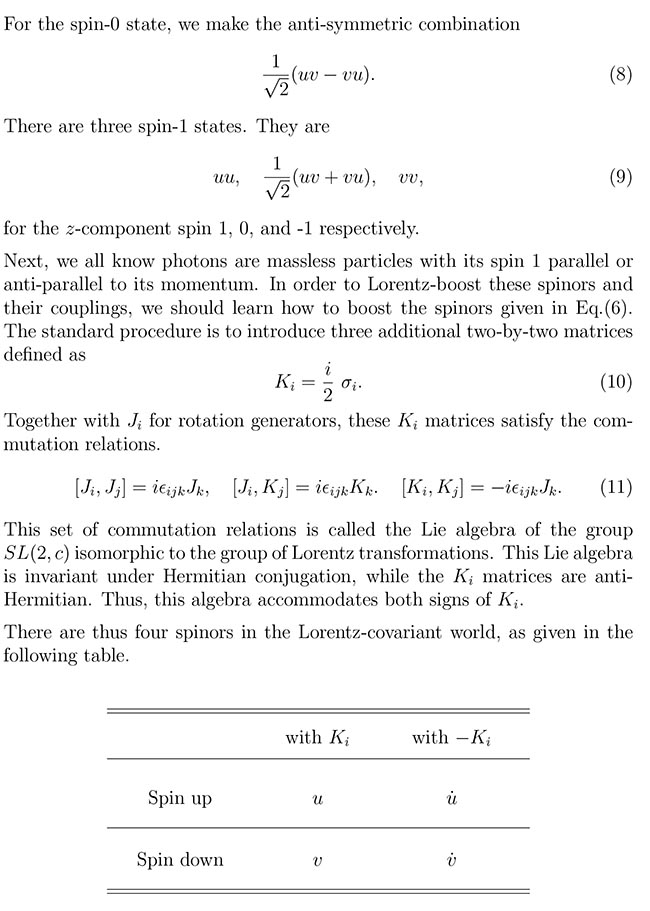
- There are now four spinors, as in the case of the Dirac equation. There are
thus sixteen possible ways of coupling these spinors. Four of them become
the four-vector while six of them are grouped into the Maxwell tensor.
Not finished yet. We have done this for a particle at rest. These spinors can now be Lorentz-boosted. It is possible to take the limit of infinite momentum or zero mass. The spin parallel to the momentum becomes the helicity. The spin perpendicular to the momentum becomse a gauge degree of freedom, as is indicated in the followng table.
Massive/Slow between Massless/Fast Energy
MomentumE=p2/2m Einstein's
E=(m2 + p2)1/2E=p Helicity
Spin, GaugeS3
S1 S2Wigner's
Little GroupS3
Gauge Trans.
Click here for an explanation of this table.
- The calculations to reach this conclusion are tedious.
Click here if you are interested
in them.

It is much easier to build a bridge
than creating mountains.
This is the way to do physics.
Where is this bridge? Click here. - In 1963, Eugene Wigner was awarded a Nobel prize in physics. It is generally
is agreed that his 1939 paper was his most significant
contribution to physics. However, his Nobel prize did not specifically mention this
paper. It was primarily due to the fact that this paper could not explain the Maxwell's
electromagnetic waves. Yes, in 1960, he was expressing this frustration when he said
"Nobody really understands photons."
- Click here if you like to know
why the Nobel Committee did not praise Wigner's most significant contribution.
- Physicists like music. Einstein was a violinist, and Victor Weisskopf was a pianist.
Many of you know how to play musical instruments. I never learned how to read music thanks
to the Korean War (1950-53) during my high school years. Yet, I still like to listen to
music, and visit music halls whenever I attend conferences.
Click here for my musics page for physicists.
If you are not interested in this kind of classical stuff, it is OK. However, you still like popular classical music. Andre Rieu is the most popular violinist these days. I met him at a hotel lobby in Berlin in February of this year. I would like to show you name, and gave me a copy of my photo with him.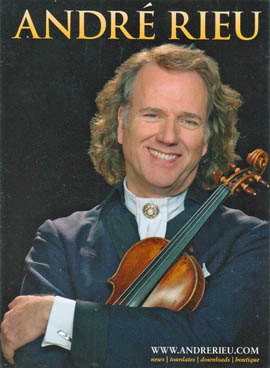
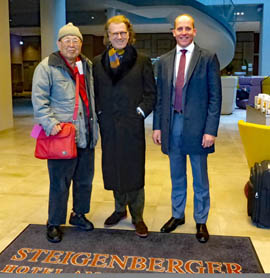
Rieu is the music director of the music group called "Johann Strauss Orchestra." He draws a large crowd wherever he goes, and everybody in the crowd become happy and excited. Let us visit some of his videos.
- Johann Strauss waltzes
in Paris, starting with the Voices of Spring.
- Bessame Mucho.
- Radetzky March.
- Rosa Munda.
- Habanera from Carmen.
- Cieliti Lindo.
- La Paloma.
-
Carnival in Venice.
- 100 years of
Johann Strauss.
- Many more videos by Rieu.
- Johann Strauss waltzes
in Paris, starting with the Voices of Spring.
- This webpage was constructed by Y. S. Kim (2017.8.10).
- copyright@2017 by Y. S. Kim, unless otherwise specified.
- Click here for his home page.
- Einstein page, and
his Bern page.
- Wigner page,
and Princeton page.
- Travel page.
- Click here for his home page.